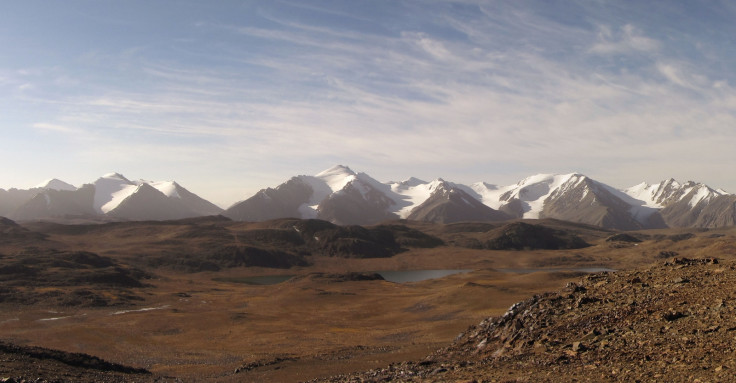Half of Tien Shan glacier ice in central Asia could be lost by 2050

Half of the Tien Shan glacier ice could be gone by 2050, with 25% of the total mass lost in the last 50 years, scientists have said. The Tien Shan mountain range stretches more than 1,500 miles (2,500km) across Central Asia and provides water to populations in Kazakhstan, Kyrgyzstan, Uzbekistan, Turkmenistan and the Xinjiang Uyghur Autonomous Region of China – yet despite this information on how they will change in the long-term has been lacking.
An international team of scientists publishing their findings in the journal Nature Geoscience found the glacier mass loss is roughly four times greater than the global average since the mid-1960s. Changes to the glaciers in the Tien Shan have been reported over the last decade, but scientists have now been able to work out ice loss over the last 50 years, as well as predicting how they will fare in the coming decades.
The researchers used three independent approaches using satellite data, laser altimetry, and glaciological modelling to work out total glacier mass change. "Results from the three approaches agree well, and allow us to reconstruct a consistent time series of annual mass changes for the past 50 years at the resolution of individual glaciers," they wrote.

Findings showed that changes varied from year to year, but that over the past 50 years the region had lost more than a quarter of its total glacier ice. They believe this is the result of increased summer melting – "possibly, linked to the combined effects of general climatic warming and circulation variability over the north Atlantic and north Pacific".
They also warn that with climate models predicting summer temperatures will continue to rise over the coming decades, the glaciers in this region will become increasingly vulnerable to melting. This, they say, could have huge implications for those living in the area and who are dependent on the water source.
According to the report, the scenarios generated for the period 2021-2050, a rise in regional summer temperature averages compared with those seen between 1961 and 1990 will lead to a boost in regional glacier mass-loss rate: "At this pace, half of the total glacier ice volume estimated to be present in the Tien Shan today would be lost by the 2050s," they concluded.
"The above can only be considered a first-order approximation, but by providing a complete picture of past glacier changes, our study provides a base for both better future projections and better characterisation of the sub-regional hydrologic cycle. This will ultimately support the planning of both local water management strategies and adaptation measures."
© Copyright IBTimes 2025. All rights reserved.






















